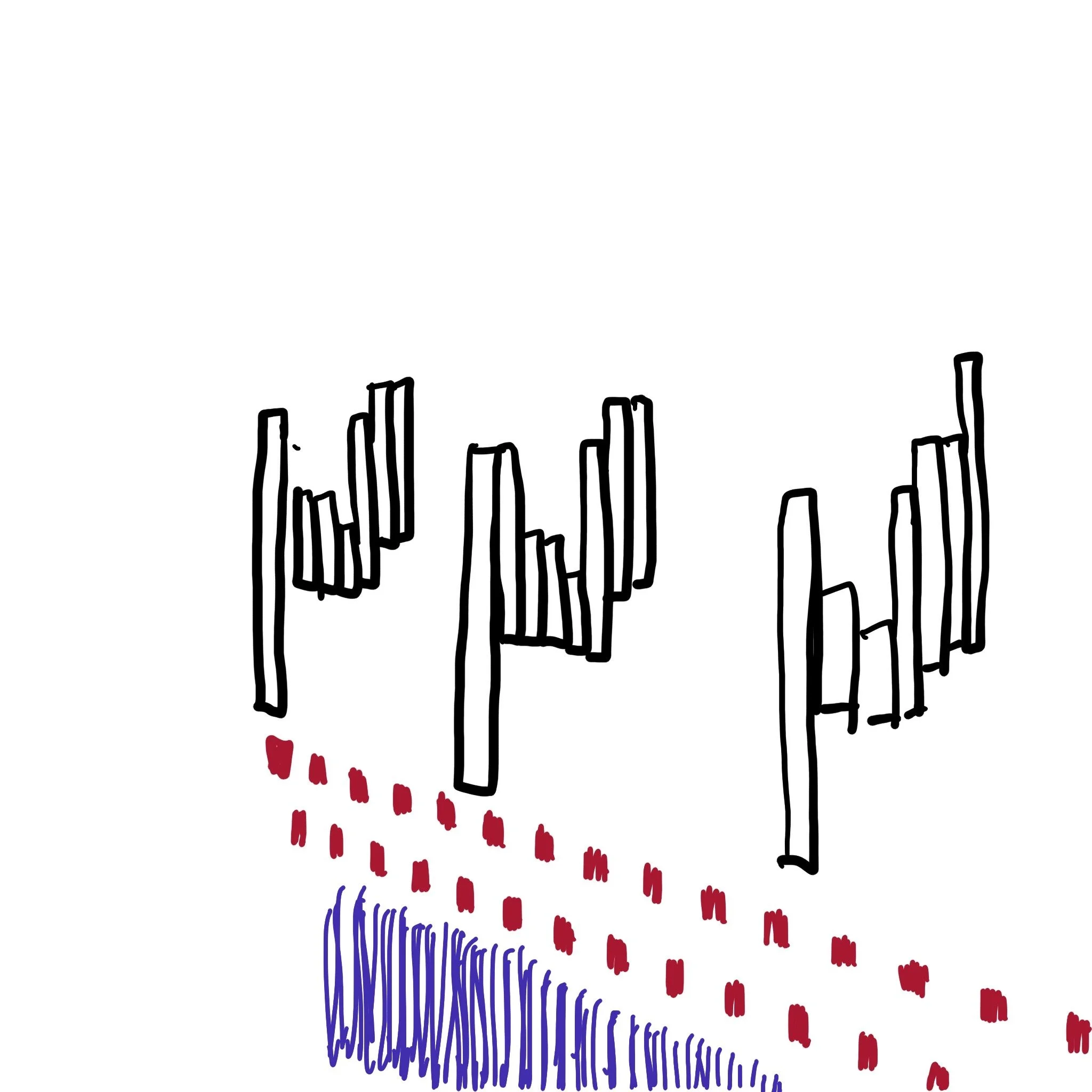Textiles heritage
Alongside the context of sustainability I am considering the cultural heritage associated with military uniforms in this textiles project. Last semester I investigated two different uniforms, one of which was a 20th Century soldier’s uniform. Little did I think I would be looking at military uniforms again so soon. This time it is the textiles that are used to make uniforms that feature in my study.
A W Hainsworth - a textiles company with a long heritage
Image from Hainsworth website
A W Hainsworth is a long-established textile company producing a range of textiles, including wool cloths for both apparel and furnishing, fabric for military uniforms, blankets, firefighters’ clothing, and also specialist textiles for a range of industries.
The company is proud of its heritage and with over two hundred years of weaving behind them there is much to be proud of.
I was interested to learn that they were making cloth for soldiers who fought at the Battle of Waterloo (1815), and still make cloth for ceremonial uniforms for the military across the world. (Hainsworth, 2021).
Patchwork, a textiles practice with an even longer history
The processes of patchwork and quilting use of scraps to make new fabrics, a great example of upcycling. In the past most quilts made from fabrics saved from old garments, or the scraps left over when the garments were being made. It is only the more privileged makers who have the luxury of cutting up new fabric only to stitch it together again, losing some along the way.
My interest in Hainsworth’s connection to military cloth comes from what is perhaps a less well-known aspect of the Quilters’ Guild Collection – the military quilts and coverlets. In the 19th Century tailors, soldiers (and some sailors) were using tiny squares of uniform material to make patchworks, a number of these still exist, including in the Quilters’ Guild Collection and in the Victoria and Albert Museum. It may be that fabric from uniforms made with Hainsworth cloth is included in some of these coverlets.
Thanks to Heather Audin, Curator of the Quilters’ Guild Collection, I have been able to investigate the Kent Uniform Coverlet at first hand. This is one of a number of military quilts in the Collection. It is made from many pieces of military uniform wool arranged in blocks around a central medallion. It was made in the period 1860-1880 and it is possible that it was planned as a demonstration piece, the maker may have charged for people to see his work – this was not uncommon at the time.
Kent Uniform Coverlet Quilters’ Guild Collection
Detail from the bottom right corner
Kent Uniform Coverlet Quilters’ Guild Collection
Detail of the reverse showing stitching and seams
The fabric used to make uniforms was heavily fulled wool, which had the advantage of not fraying easily. This meant that the seams in the piecing could be quite narrow. Each small piece of fabric in the perimeter blocks is about 5/8” square; they are hand stitched together with a narrow seam, approximately 1/8”.
In addition to the patchwork quilts made with uniform material, such as that described here, there are also military fabric coverlets made using the intarsia, or inlaid, method. This technique uses precisely cut shapes that are inserted into the background fabric with almost no seam allowance. The two pieces are stitched together using a flat over-edge stitch on the reverse. Steaming and pressing results in a new piece of flat cloth with no visible seams. This technique relies on the fabric not fraying, hence fulled woollen cloth was very suitable (Gero, 2015).
There is some inlaid work in the central part of the Kent Uniform Coverlet; the Quilters Guild Collection has fine example of this work Inlaid Patchwork Coverlet also from the 19th Century.
From research to textiles
I have been using quilt design software EQ8 to explore the on-point design in the Kent Uniform Coverlet and what might work well with the colours I have available. There are limitations to using the software to design a quilt block in visualising how exactly it will look in real life, as colour matching is very challenging, unless the fabrics you are using are in the software database.
Whilst I have taken the Kent Uniform Coverlet as the inspiration for my design, I shall not be stitching 1 cm squares of fabric together by hand; nor will I be using the intarsia method, both of these techniques require very fine needlework - I don’t have time to develop those skills in the next few months. I hope to use a needle-felting techniques with an embellisher machine to emboss the coloured felts on to the cream blanket background.
References
Gero, A. (2015) WARTIME QUILTS Appliques and Geometric Masterpieces from Military Fabrics from 300 BC to WWII. Australia: The Beagle Press.
Hainsworth, A.W. (2021) MILITARY HERITAGE. Over 200 years of expertise in military textiles, Hainsworth The fabric of a nation. Available at: https://www.hainsworth.co.uk/military/military-heritage/ (Accessed: 7 April 2022).
The Quilters’ Guild Collection http://www.quiltmuseum.org.uk/
















